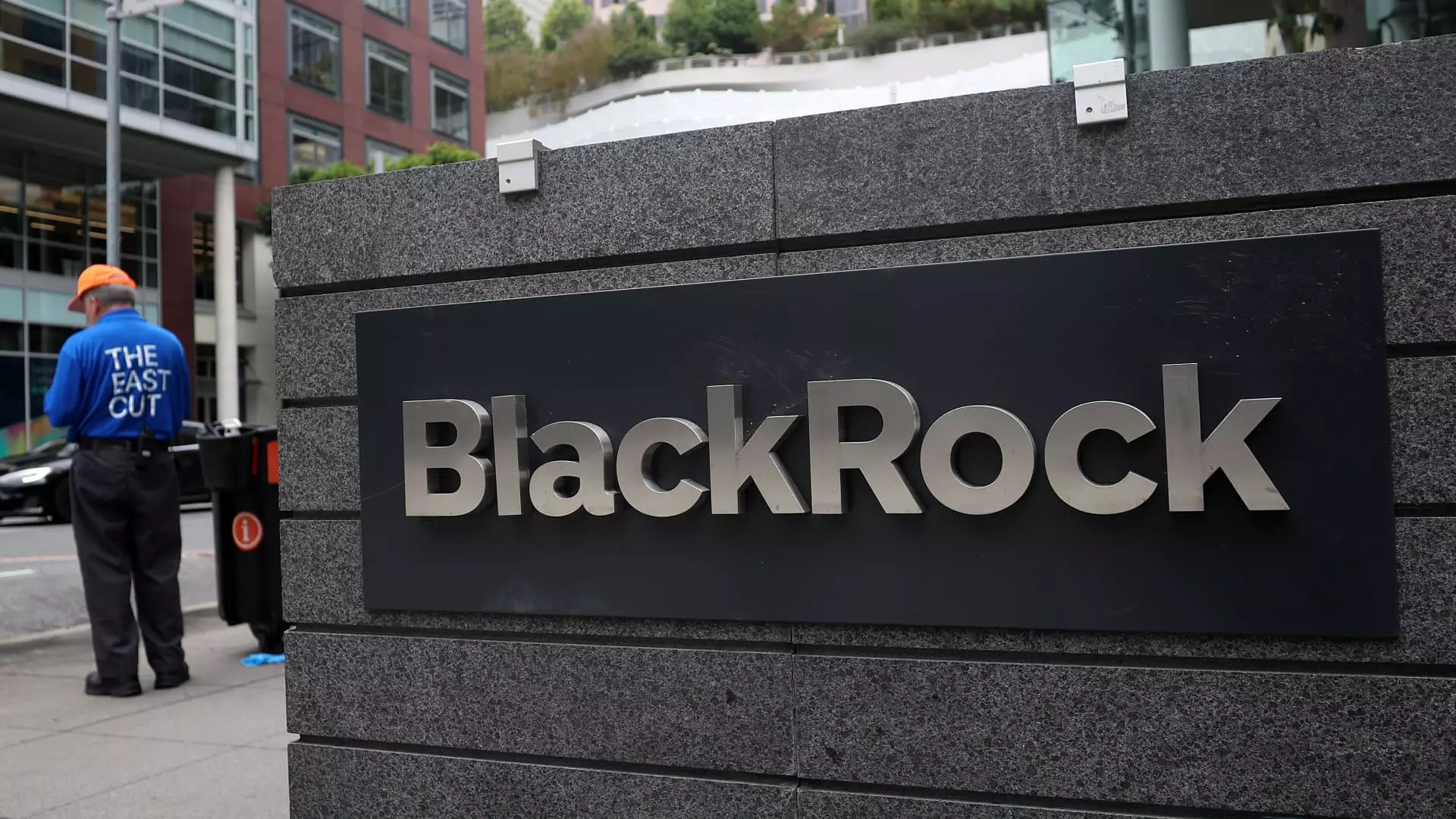The airline industry has recently hit a major snag, with Frontier Group at the forefront of a troubling trend. This budget airline’s share price plummeted by 11%, following the stark revelation of a dismal first-quarter outlook. It seems that the management’s overly optimistic projections now stand in stark contrast to the harsh reality. They have not only reduced their quarterly predictions but also withdrawn their full-year guidance. The catalysts for this downturn? Weaker-than-expected demand and the relentless grip of economic apprehensions. The case of Frontier serves as a stark reminder: a resurgence in travel was never guaranteed, and fickle consumer habits in these economically uncertain times can lead to abrupt downturns for companies desperate to rebound.
Stellantis: A Reminder of the Sluggish Automotive Market
In the automotive sector, Stellantis is experiencing a sobering decline, with shares dipping about 1% as global shipments fell to 1.2 million vehicles for the first quarter—a staggering 9% drop from the previous year. Lower production rates in North America, extended holiday shutdowns, and poor sales of vans in Europe contribute to this decline. It seems that Stellantis is caught in a cycle of turbulence, unable to recover fully from the disruptions caused by the pandemic. This situation raises questions regarding the future of legacy automakers amidst a landscape increasingly dominated by electric vehicles and changing consumer preferences. Will they adapt, or is this a warning sign of deeper, systemic issues within the industry?
JPMorgan’s Resilience Amid Uncertainty
On the flip side, not all corporate giants have succumbed to the market’s volatility. JPMorgan has reported a remarkable revenue of $46.01 billion, a figure that pleasantly surprised investors and analysts alike. The stock surged over 3% following this announcement, solidifying the bank’s position in a time of economic unease. However, CEO Jamie Dimon’s caution resonates: “considerable turbulence” lies ahead. It’s a double-edged sword; while profits surge, the underlying economic conditions may prove toxic. Can JPMorgan sustain its impressive performance when faced with these ominous forecasts? The future may very well hinge on macroeconomic adjustments and shifts in interest rates.
Morgan Stanley: A Modest Gain, but Grim Undercurrents
Morgan Stanley’s stock exhibited a more tempered response, rising less than 1% even as the firm surpassed Q1 expectations with earnings of $2.60 per share and revenue of $17.74 billion. While the numbers are impressive, they hardly mask the looming economic anxiety lingering in the background. This modest gain may reflect cautious optimism—after all, the firm is indeed performing well in a tough environment, but how long can this façade last? Investors must remain vigilant, as financial markets often react unpredictably to shifting economic tides.
Wells Fargo: Earnings Beat but Lacking Substance
Wells Fargo is another case worth scrutinizing. While the bank reported a 16% year-over-year increase in earnings, its stock still fell nearly 2%. This juxtaposition highlights a stark reality: revenue missed analysts’ expectations by a margin that signals deeper concerns. The disappointing results may reflect structural inefficiencies within the organization or a broader malaise affecting consumer banking. The disparity between earnings growth and revenue expectations serves as a beacon of caution to investors: not all growth is sustainable.
BlackRock and the Ironic Recession Forecast
Meanwhile, BlackRock has emerged with encouraging news, witnessing a 2% rise in shares following an impressive earnings report. Yet, irony abounds as CEO Larry Fink warns of a possible recession on the horizon. This paradox encapsulates the current economic climate: positive earnings can coexist with predictions of downturns. The stock market’s responses to such warnings often shape investor sentiments, creating a precarious balance that could tip in either direction.
The Gold Rush: A Haven in Chaos
As Wall Street faces a tumultuous landscape, some sectors are thriving, most notably gold. Shares of Barrick Gold and Newmont Corp soared, both experiencing substantial gains with gold prices hitting historical highs amid uncertainty. The upgrade of Newmont shares by UBS indicates confidence in a sector primed for growth amidst real volatility. In such uncertain times, the faltering equities market makes gold not just a commodity, but also an emblem of security for investors seeking refuge from a chaotic atmosphere.
Corporate Giants and the Looming Challenges of Economics
Technology companies are not immune to these dynamics either. Apple’s recent stock surge of nearly 4% illustrates that even giants face challenges. Amid security tariffs and demands in the Chinese market, the company might soon be forced to increase prices dramatically. The implications of this could reverberate through consumer spending and brand loyalty in a fiercely competitive market.
In sum, the current economic landscape is a mixture of opportunities and crises for companies across various sectors. Adaptation, resilience, and forward-thinking strategies will be essential for businesses hoping to survive the turbulence that defines our economic reality today.

